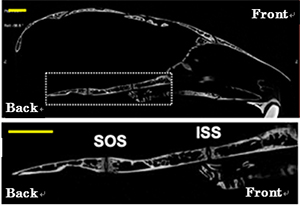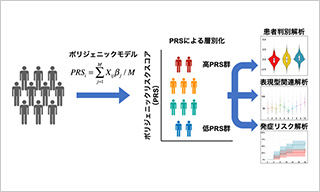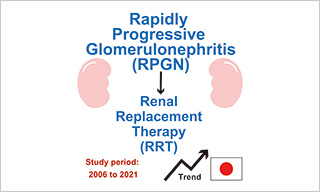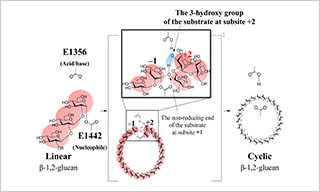Nov 13 2023
OHKURA Naoto, who belongs the Department of Dentistry, Niigata University Medical and Dental Hospital and is assistant professor (Postdoctoral researcher in Professor Nan Hatch's Laboratory of Pediatric Orthodontics, University of Michigan School of Dentistry at the time of the research), clarified that inorganic phosphate and pyrophosphate plays some crucial role in the cell signal transduction and phenotypic changes in intersphenoid synchondrosis (ISS1) with organ culture of the skull base and immunohistological analysis, using conditional knockout mice in lack of tissue non-specific alkaline phosphatase (TNAP2) only in cranial neural crest cells3. They confirmed that TNAP play a crucial role in normal skull base development via chondrocytes, and that the mechanism may be also involved not only pyrophosphate but also proteins such as Sox9, PTHrP and IHH4. These research results were published in the online version of the International Journal of Molecular Sciences on October 20, 2023.
1.Intersphenoid synchondrosis (ISS)
ISS is one of the growth areas at the skull base, and the growth ends at birth. The ISS is a synchondrodial joint that connects the sphenoid bone and the base of the occipital bone. The detailed figure is indicated below.

Figure: NanoCT analysis of mouse skull
ISS: Intersphenoidal symphysis,
SOS: Sphenooccipital symphysis
Bars indicate 200 µm.
2.Tissue non-specific alkaline phosphatase (TNAP)
TNAP is induced bone mineralization and change from hydrolyze inorganic pyrophosphate to inorganic phosphate.
Inorganic pyrophosphate: Inhibits matrix mineralization.
Inorganic phosphate: Substrate for hydroxyapatite formation.
3.Cranial neural crest cell
A pluripotent cell population derived from the neural crest cells of vertebrates. It can differentiate into various types of cells and contributes to the formation of craniofacial structures during embryonic development.
4.Sox9, PTHrP and IHH
All of these are the transcription factors involved in cartilage formation or the factors secreted from mesenchymal stem cells.
5.Apoptosis
Apoptosis is programmed cell death that is actively triggered to keep an individual in a better state.
Journal: International Journal of Molecular Sciences
Title: Cranial Neural Crest Specific Deletion of Alpl(TNAP)via P0-Cre Causes Abnormal Chondrocyte Maturation and Deficient Cranial Base Growth
Authors: Naoto Ohkura, Hwa Kyung Nam1, Fei Liu, Nan Hatch
DOI:10.3390/ijms242015401

Polygenic effects on the risk of Alzheimer's disease in the Japanese population

Trends in the incidence of renal replacement therapy due to rapidly progressive glomerulonephritis in Japan, 2006–2021

Uncovering The Cyclization Mechanism of Cyclic β-1,2-Glucan Synthase